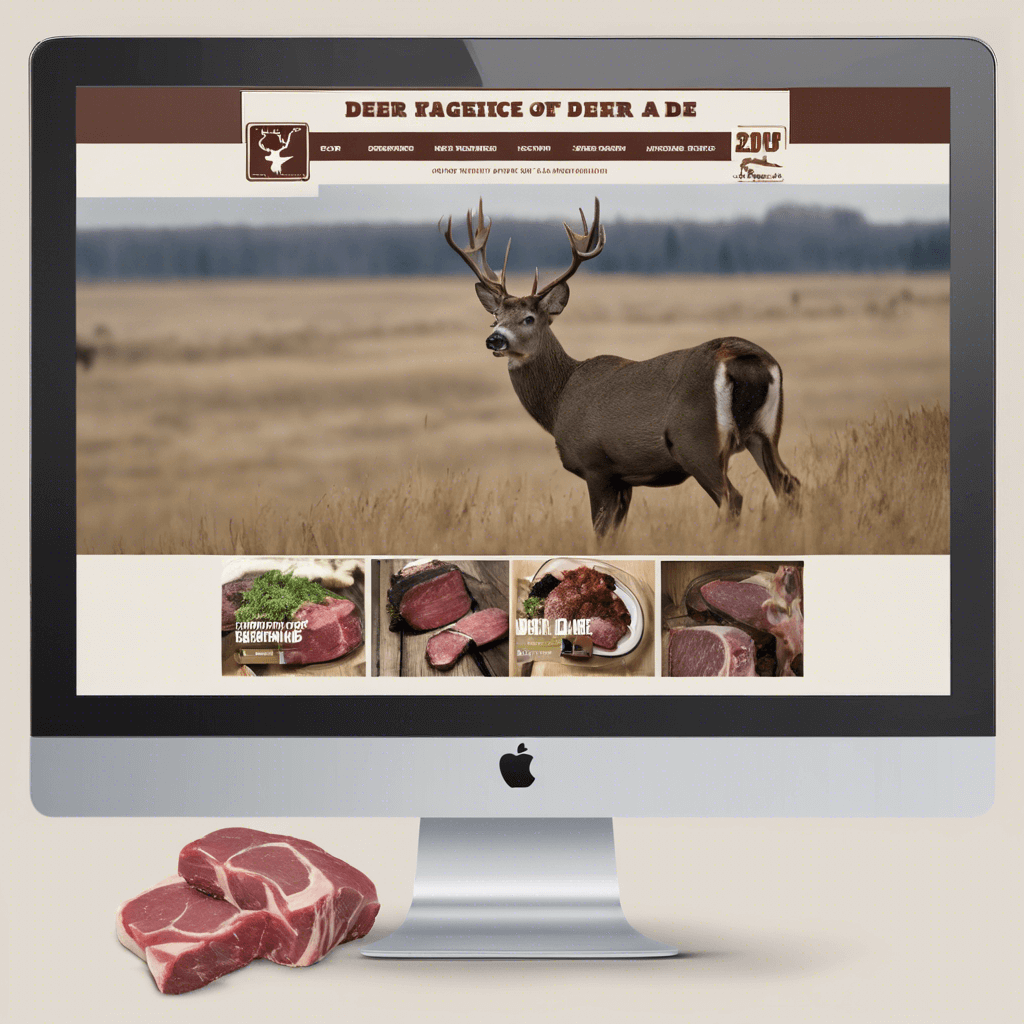A deer’s meat is generally good for 3-5 days after it has been killed if kept between 32°F (0°C) and 45°F (7°C). Refrigerating or freezing the meat immediately will prolong its preservation.
Contents
- 1 Viability Assessment Of Deer Meat
- 2 Field Dressing Fundamentals
- 3 Optimal Conditions For Deer Meat
- 4 Aging Deer Meat Properly
- 5 Indicators Of Spoiled Deer Meat
- 6 Extended Shelf Life Practices
- 7 How Long Meat Lasts Post-processing
- 8 Cooking Fresh Vs. Aged Deer Meat: What to Do with Deer Meat After Kill
- 9 Ensuring Cooked Deer Meat Safety
- 10 FAQ About How Long After Killing A Deer Is The Meat Good
- 11 Conclusion
Viability Assessment Of Deer Meat
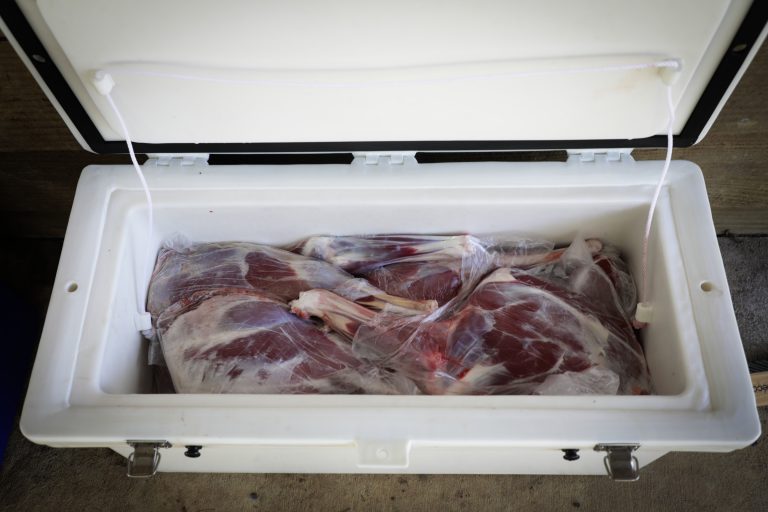
Temperature and spoilage: Storage temperatures can significantly affect deer carcasses. To prevent meat spoilage, it is essential to maintain strict temperature control, as meat can spoil quickly at warm temperatures, rendering it unsafe for consumption.
Ensuring that the carcass is stored in a cool environment is a critical measure to avoid spoilage.
The importance of immediate field dressing: It is critical to preserve the quality of meat immediately after harvest. The process of meat preservation involves gutting the animal and promptly cooling the carcass to thwart bacterial growth.
By executing this step swiftly, the quality and safety of the meat can be significantly improved.
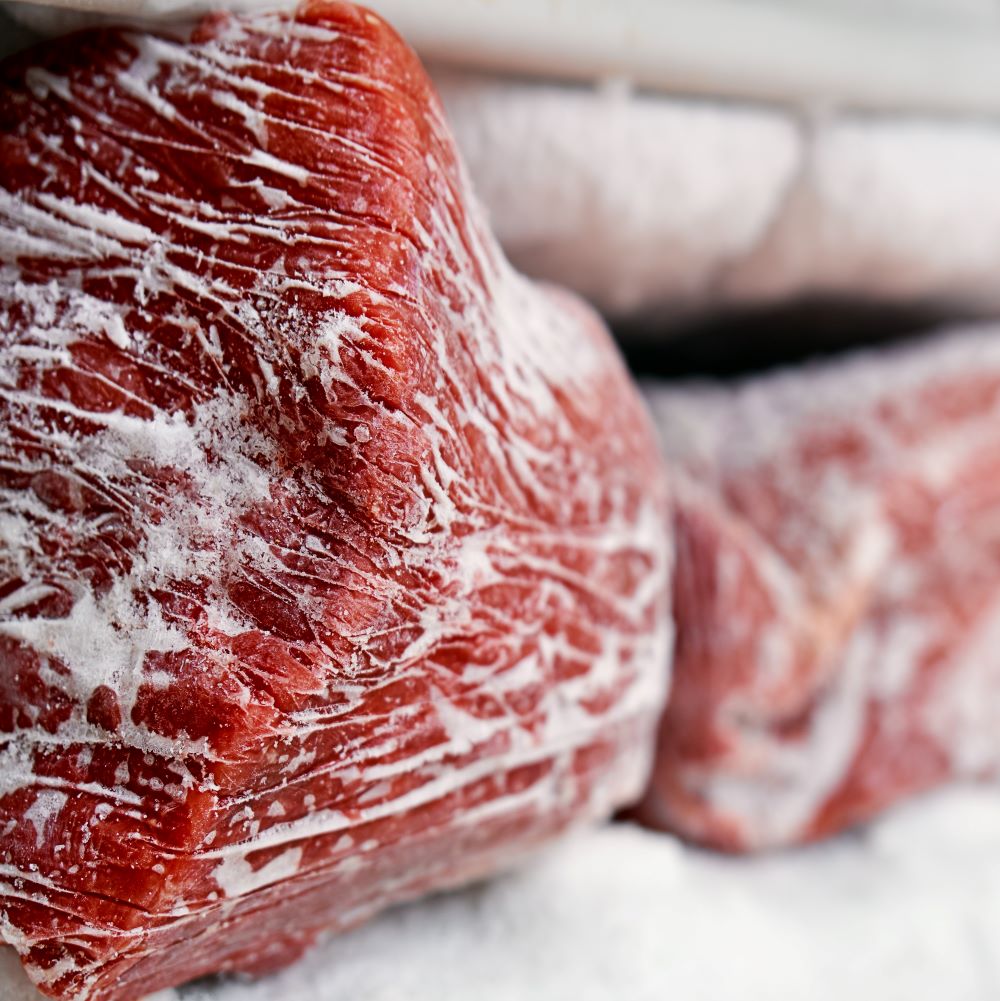
Credit: blog.lemproducts.com
Field Dressing Fundamentals
When field dressing a deer, it is vital to act quickly to prevent contamination and ensure the meat remains in good condition. Quick steps to field dressing involve promptly removing the internal organs to prevent spoilage and bacterial growth.
This process is essential in preventing contamination during the harvesting process. Always use clean, sharp tools and sanitizing agents to minimize the risk of cross-contamination and ensure the meat remains safe to consume.
But what should you do with deer meat after the kill? How long is deer meat good for after the kill? Can you eat deer meat right after you kill it? These are all important questions to consider. Let’s explore how to prepare deer meat after killing and how long after killing a deer the meat stays good.
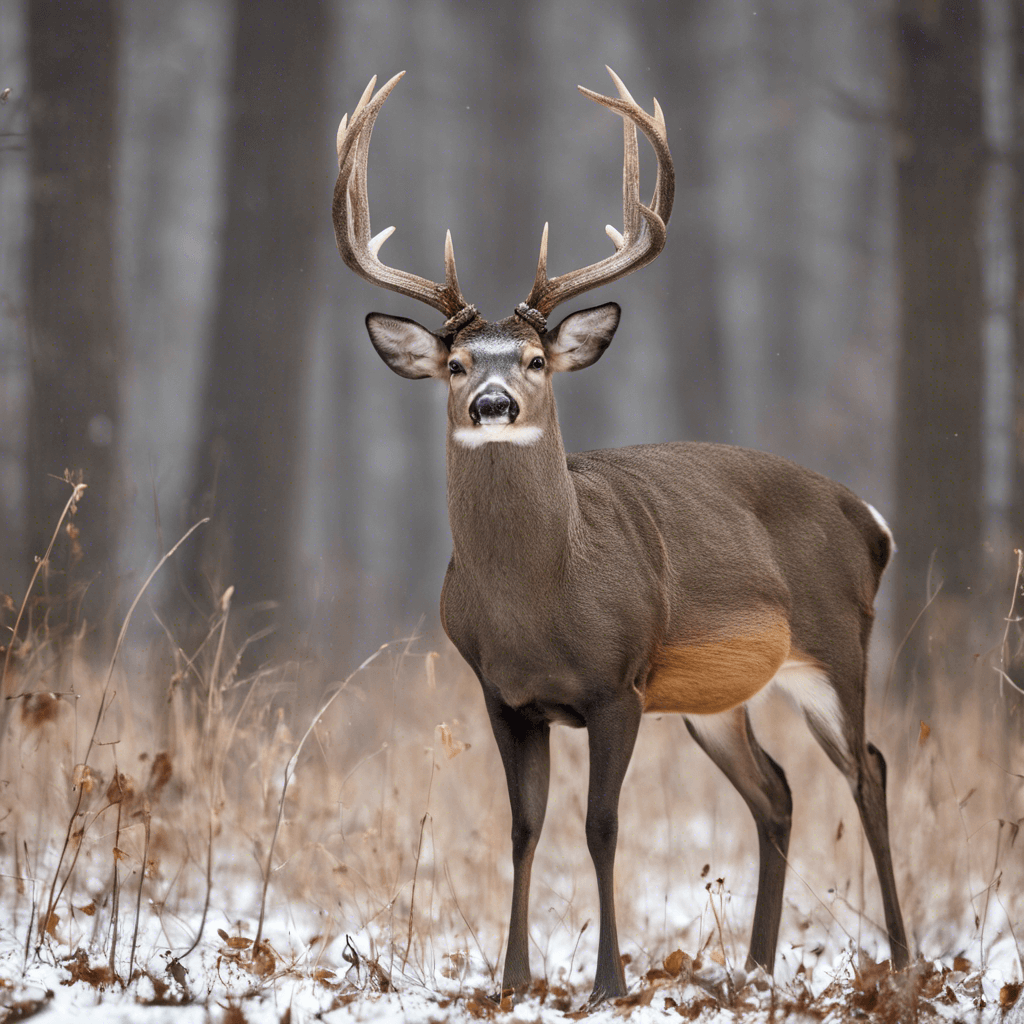
Optimal Conditions For Deer Meat
Understanding how long after killing a deer the meat is good is essential to maintain its quality and safety. Rapid processing is key to achieving this goal. Establishing effective temperature control is vital for meat storage. The meat should be chilled below 40°F as quickly as possible to inhibit bacterial proliferation.
Humidity also plays a pivotal role in meat spoilage. It is important to avoid overly dry conditions, which can desiccate the meat, as well as excessive moisture, which may cause it to spoil.
To ensure optimal meat preservation, proper air circulation is crucial. This helps maintain uniform conditions and prevents the accumulation of harmful bacteria.
By adhering to these meat handling guidelines, you can ensure that deer meat remains safe and retains its high quality for consumption, addressing concerns about how long after killing a deer the meat is good. So, how do you prepare deer meat after killing? Follow the mentioned guidelines. Additionally, can you eat deer meat right after you kill it? It is important to follow the proper processing and storage procedures before consuming the meat.
Aging Deer Meat Properly
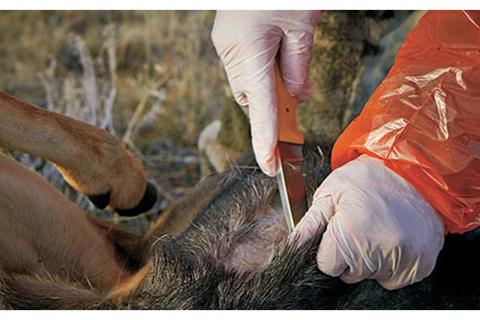
Properly aged deer meat is essential for achieving the best flavor and tenderness. The aging process involves enzymatic and microbial activity that breaks down the muscle fibers, resulting in more tender and flavorful meat.
Deer aging can be achieved through two primary aging techniques: dry aging and wet aging, with each method contributing to the flavor and tenderness of the deer meat. Dry aging involves hanging the carcass in a temperature and humidity-controlled environment, allowing the meat to develop a naturally intensified flavor.
Discoloration
On the other hand, wet aging involves sealing the meat in vacuum-sealed bags to enhance tenderness without the same flavor development as dry aging.
Indicators Of Spoiled Deer Meat
When determining how long after killing a deer the meat is good and whether deer meat is still good to eat, it’s crucial to look for visual signs of meat spoilage, such as discoloration, dark spots, or a slimy texture, which are indicators of deer meat spoilage.
Your sense of smell and touch can also provide sensory cues that indicate spoilage. Look out for any unusual or off-putting odors, as well as changes in the texture of the meat. These indicators can be crucial in determining the quality and safety of the meat.
If you notice any of these signs, you must take a cautious approach and thoroughly evaluate the meat before consuming it.
Extended Shelf Life Practices

Ensuring the longevity of deer meat is paramount for hunters and those who partake in game meat.
By implementing freezing and vacuum sealing methods, the shelf life of venison can be significantly increased. Freezing halts the growth of bacteria, while vacuum sealing removes air, preventing oxidation and further protecting the meat from spoilage.
Once adequately processed and frozen, deer meat can maintain its quality for a long. Consumption timeframes vary, though deer meat can generally remain suitable for up to 12 months and even longer if kept at a steady, optimal freezing temperature. Maintaining a temperature of 0°F (-18°C) or lower is crucial to ensure the meat remains safe to eat and its flavor is preserved.
| Storage Method | Expected Shelf Life |
|---|---|
| Freezing (Unsealed) | 3-6 Months |
| Vacuum Sealing and Freezing | Up to 12 Months or More |
How Long Meat Lasts Post-processing
Fresh deer meat can be refrigerated between 32°F and 40°F for up to 3-5 days before processing. After processing and packaging, the meat’s shelf life can be extended, with adequately wrapped and sealed cuts remaining suitable for up to twelve months in the freezer. To ensure maximum freshness and longevity, meat should be frozen promptly after processing.
To identify spoilage in deer meat, look for color, texture, and smell changes. The meat should have a consistent color, a firm texture, and a mild gamey smell. Discoloration, sliminess, or a sour odor indicate that the meat is no longer safe for consumption. If any doubts arise concerning the meat’s condition, it is best to err on the side of caution and discard the meat.
| State of Meat | Refrigerated (32°F – 40°F) | Frozen (0°F or below) |
|---|---|---|
| Whole cuts | 3-5 days | 6-12 months |
| Ground meat | 1-2 days | 3-4 months |
Cooking Fresh Vs. Aged Deer Meat: What to Do with Deer Meat After Kill
Fresh deer meat offers a distinctly bold flavor that some game enthusiasts prefer. Directly after the kill, the meat is rich in its natural taste, which some describe as more robust and pungent.
This type of meat is best enjoyed when cooked quickly at high temperatures; methods like grilling or broiling help to enhance its fresh, inherently gamey flavor.
When it comes to what to do with deer meat after the kill, aging the meat is a process that breaks down the muscle tissues, resulting in tender and more flavorful cuts. Many connoisseurs prefer aged deer meat due to its milder taste and improved texture.
For aged meat, slow-cooking methods such as braising or stewing are optimal. They highlight the meat’s subtlety and impart a melt-in-the-mouth tenderness to the dish.
| Type of Deer Meat | Preferable Cooking Method |
|---|---|
| Fresh Deer Meat | Grilling, Broiling |
| Aged Deer Meat | Braising, Stewing |
Ensuring Cooked Deer Meat Safety
Ensuring the safety of cooked deer meat is paramount, and understanding the internal temperatures for safe consumption is essential. Deer meat should be cooked to a minimum internal temperature of 145°F to ensure that harmful bacteria are destroyed. It is important to use a meat thermometer to check the temperature at the thickest part of the meat.
Identifying well-cooked versus overcooked meat can be subtle. A perfectly cooked deer steak should be tender and slightly pink in the center, signaling it has reached the right temperature without drying out. On the other hand, overcooked deer meat becomes tough and loses its juiciness, diminishing the culinary experience.
| Cooking Stage | Internal Temperature | Texture |
|---|---|---|
| Rare | 125°F | Tender, very pink |
| Medium Rare | 135°F | Tender, pink center |
| Medium | 145°F | Slightly pink, right for safety |
| Medium Well | 150°F | Small hint of pink |
| Well Done | 160°F | Fully cooked, minimal moisture |
FAQ About How Long After Killing A Deer Is The Meat Good
How Long Should I Wait Before Butchering A Deer?
Many people wonder how long is deer meat good for after the kill. To ensure that the meat is tender, it’s ideal to wait 12 to 24 hours before starting the butchering process.
What Factors Affect The Timeline For Butchering A Deer?
Several factors can influence how long deer meat is good for after the kill. The weather, temperature, and field conditions all play a role in determining the quality and safety of the meat. Additionally, how the deer is handled post-harvest can significantly impact its overall condition. Taking into consideration what to do with deer meat after the kill, it becomes apparent that climate factors are of utmost importance.
Is It Safe To Consume Deer Meat Immediately After Harvest?
Many people ask, “Can you eat deer meat right after you kill it?” However, it is not recommended to consume deer meat immediately after the kill. The meat needs time to undergo rigour mortis for optimal tenderness. Therefore, it is advisable to wait before preparing deer meat after killing, as this will ensure the best taste and texture.
Conclusion
It’s important to understand how long a deer’s meat is good after killing it, along with proper handling and storage. Keep the meat cool and field dress the deer promptly. Remember to follow butchering procedures, to avoid contamination, and to freeze or cook venison promptly for optimum storage. These guidelines will help you determine how long a deer’s meat will last after killing. Enjoy your deer meat to the fullest by understanding these factors.
